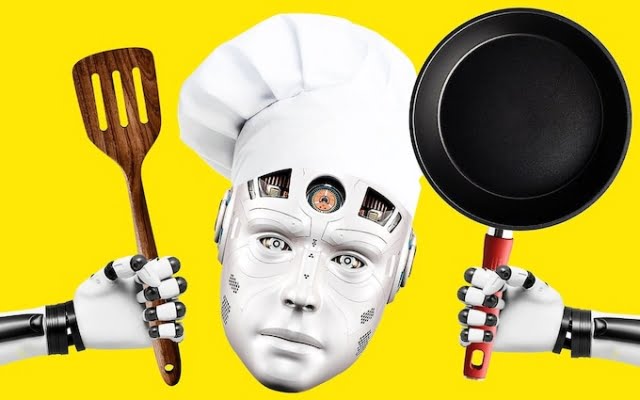
Sear well-seasoned quail breast in a cast iron skillet until the skin is golden brown before placing in the oven.
In the meantime, bring 100 ml of chicken broth to a boil, reduce, then add cream and truffle oil.
Finally, serve the quails with blanched wild garlic and boiled asparagus with plenty of sauce.
< p>The recipe is «different from seasonality,» says Michelin star chef Chris Galvin.
“I think it's very good, I must say very impressive.”
This dish was not invented by a budding chef or even a rival. The plate was actually computer generated.
The recipes shown to Galvin were written by ChatGPT, the artificial intelligence (AI) engine that has taken the world by storm. The Telegraph asked a Silicon Valley chatbot to come up with three Michelin-starred dishes, with a few rules thrown in to test its ingenuity.
Roasted Quail with Wild Garlic, Asparagus and Truffle Sauce
All three recipes were to use seasonal local British ingredients. One was to be pescatarian with an «innovative twist» and the third was to be vegan and emulsified.
ChatGPT took less than 30 seconds to offer a quail dish along with fried scallops. with celery puree and fennel salad, and for vegans — roasted beets with horseradish emulsion.
Big food companies like Nestle are already using AI to analyze consumer trends and offer new products, and fast food giants like Chipotle and McDonalds are using it to optimize orders and delivery.
However, Finesse, shown in recipes written for The Telegraph suggests that AI can be used far beyond fast food and mass treats.
“It really hit me,” says Galvin, the restaurant owner. The Galvin luxury restaurant group, which includes Michelin-starred Galvin La Chapelle in London.
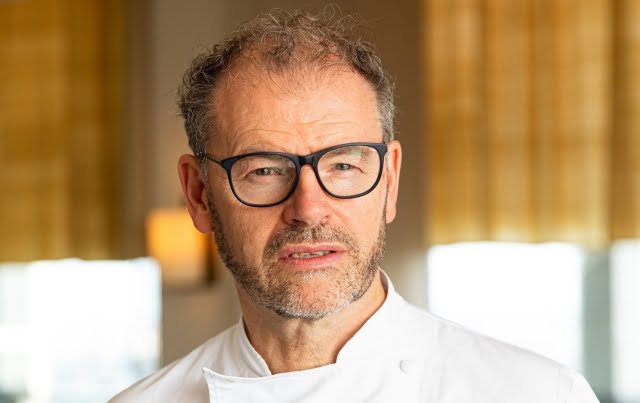 Galvin admits that «becoming it's hard to explain why a plate of food costs so much.» Photo: The Telegraph
Galvin admits that «becoming it's hard to explain why a plate of food costs so much.» Photo: The Telegraph
Dr. James Canton, Executive Director and Chairman of The Institute for Global Futures, an American think tank, says: “Today, AI is winning awards for photojournalism. Will we have three or four-star AI chefs tomorrow?”
Recipe writing is just one way experts say technology could revolutionize the restaurant business.
«I'm looking at robots that will carry trays because, you know, we have runners, and people are very expensive,» says Galvin. «And it's getting harder to explain why a plate of food costs so much.»
The expansion of automation and robotics could help restaurateurs cope with the chronic shortage of staff that has arisen in recent years.
«What happened to us after the pandemic is that 20 to 25 percent of our employees never returned» ,» says Galvin.
«People don't want to work nights, they don't want to work weekends. We actually had to cut hours because our industry was terrible with long hours that weren't paid.”
Dr. Canton says: “Today in the hospitality industry, wherever you are, in Europe, Asia, the United States… The biggest problem is to find a workforce, to find a skilled workforce and a skilled workforce, whether it is cooking or service, administration or management».
Robots will not replace waiters in bulk, and all new dishes will not be created by artificial intelligence. Rather, Dr. Canton expects employees to be able to use artificial intelligence and robotics to do the less glamorous procedural work of ordering ingredients, calculating meal prices, calculating margins, and booking tables.
Roasted beets with pea puree and horseradish emulsion
«You're likely to see a co-evolution of people in the hospitality industry and robots working together, whether it's in the back office in terms of food preparation, inventory, or management, or if it's food service related, or even creating [food] '.
Companies are already coming up with ways to make kitchens more efficient with the help of technology. Satis.Ai, for example, bills itself as «the kitchen brain of AI Vision».
Using cameras mounted above the chef's workplace, Satis monitors food preparation and issues warnings if, for example, the chef forgets to include a drink when packing a delivery order or incorrectly balances ingredients in a dish.
Founder Mo Hodadady says: “Now when you order food in a restaurant, when they put it in a bag to send to you, they make a mistake in one out of every 10 orders.
“This camera understands people, products food, packaging. If [the chef] misses something, he will take over and mitigate the consequences.”
He says that this technology will not eliminate chefs, but will make their work easier and food more stable.
Some tasks, such as putting food on a plate, require an understanding of physics and physical flexibility that only humans can currently achieve.
Sauteed scallops with mashed celery and fennel salad
Despite these assurances, however, the rise of robots could result in the loss of some jobs.
«A phrase you sometimes see is… “workplace relocation,” which is basically a euphemism for people who are no longer needed,” says Nick White of law firm Charles Russell. Speechlys.
There are also health and safety questions.
“Let's imagine, for example, if you ask a robot to give you various allergies that may be related to food … there are many risks if the robot gives incorrect information,” says Dr. Reza Etemad-Sajjadi. professor at the EHL School of Hospitality in Switzerland.
«[Or] let's imagine that the robot just brings you a drink, and suddenly it hurts you.»
According to him, AI in restaurants can cause «a lot of ethical issues.»
Ultimately, the proof is in the pudding. Whether AI will be used to create recipes will depend on how good they taste.
Galvin says real truffle can be used in quail dish, not ChatGPT's truffle oil, but sauce may be enhanced by alcohol and thyme added during cooking. He adds that the celery in a scallop dish should be baked, not boiled.
“When you cook at the level of a Michelin star, there should be different levels of flavor. , different depths … more nuances. And for this you need a person.”




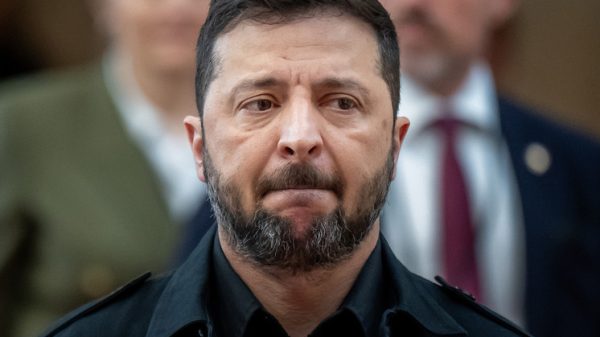
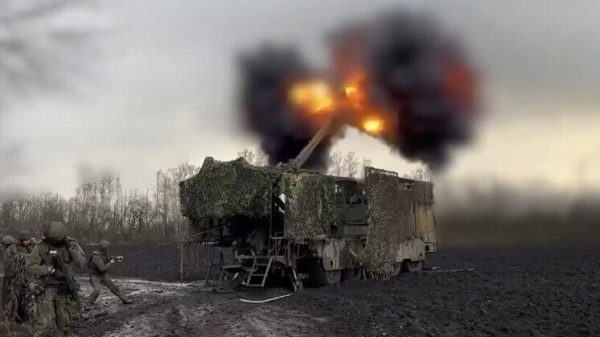


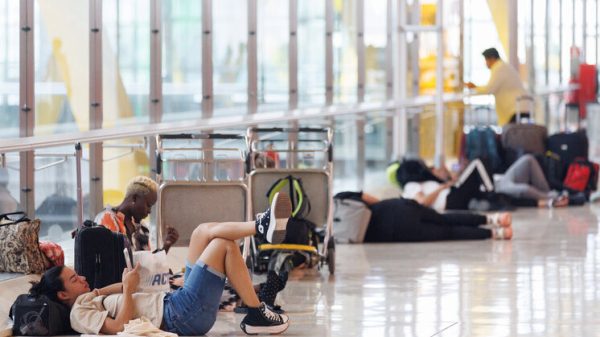

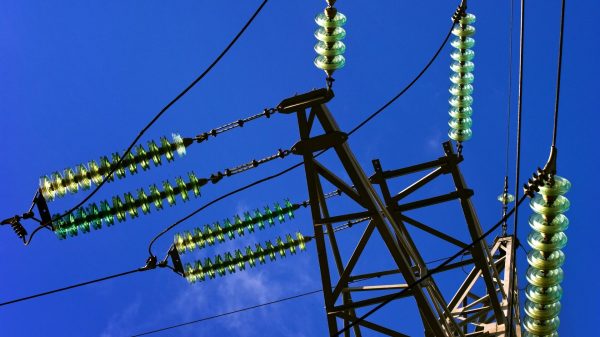
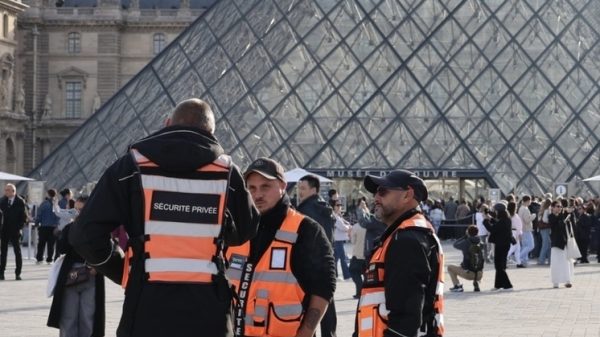






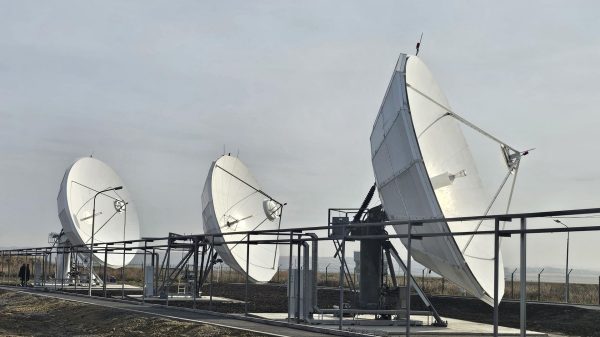

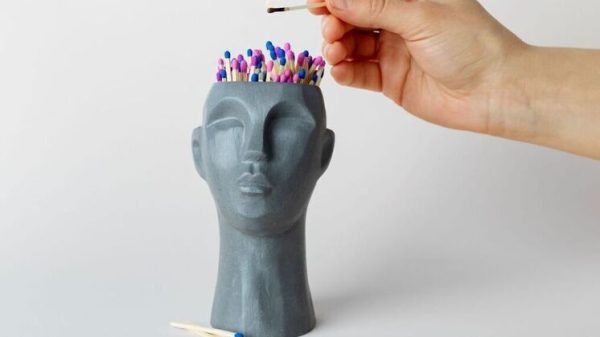
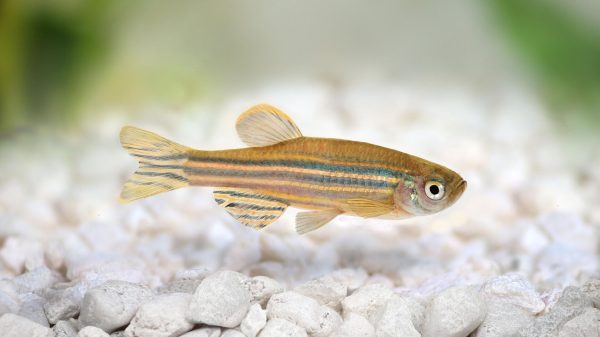


































Свежие комментарии